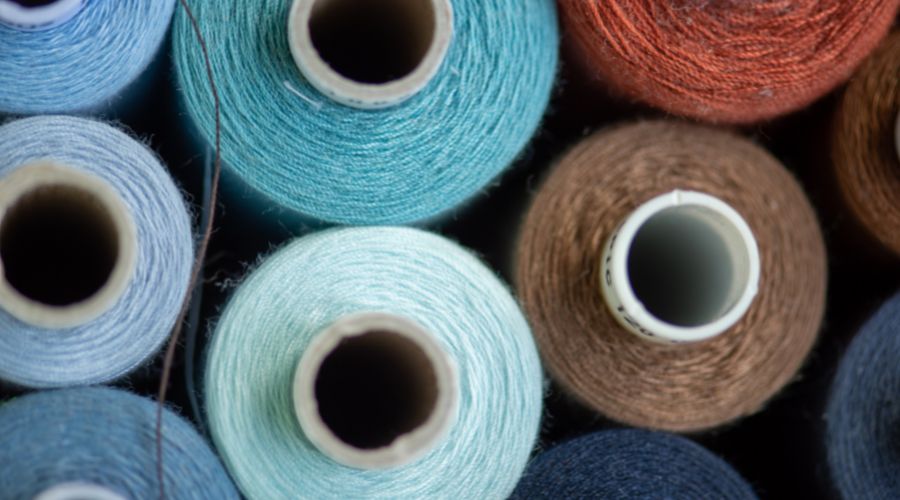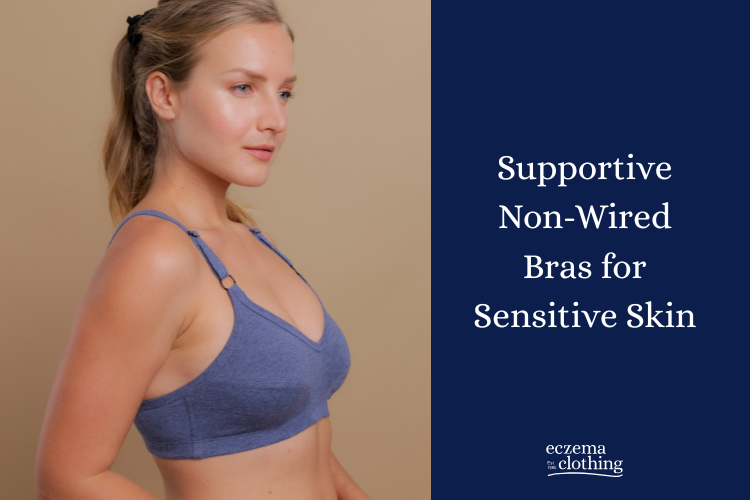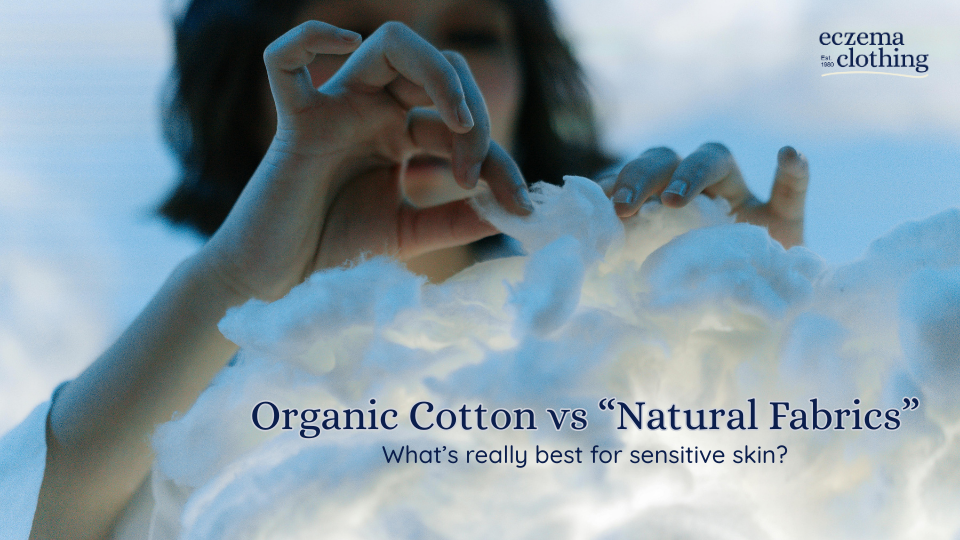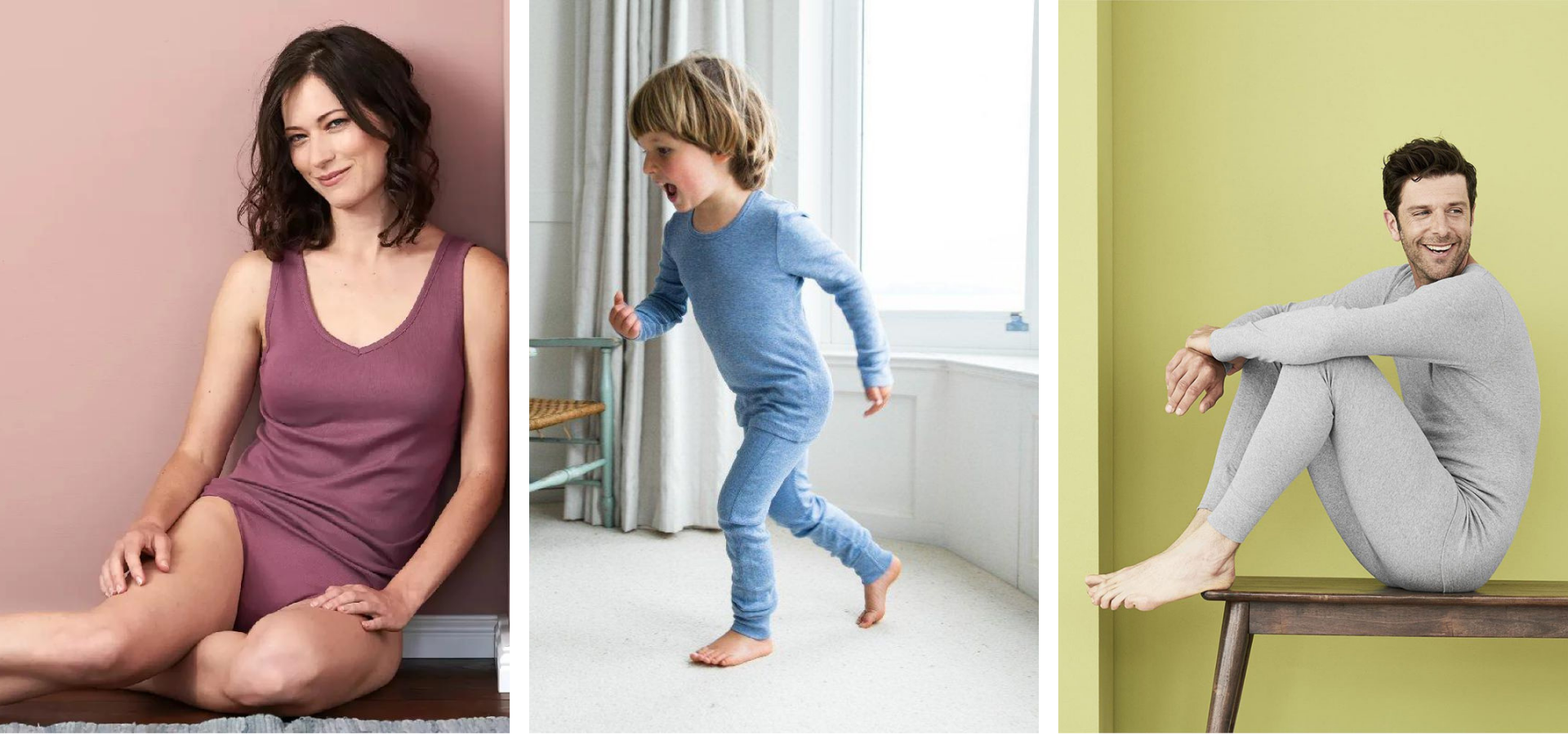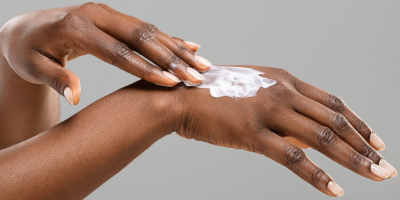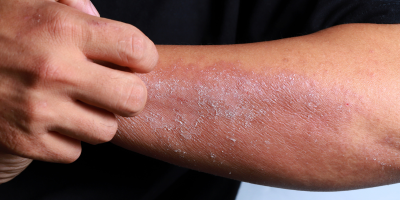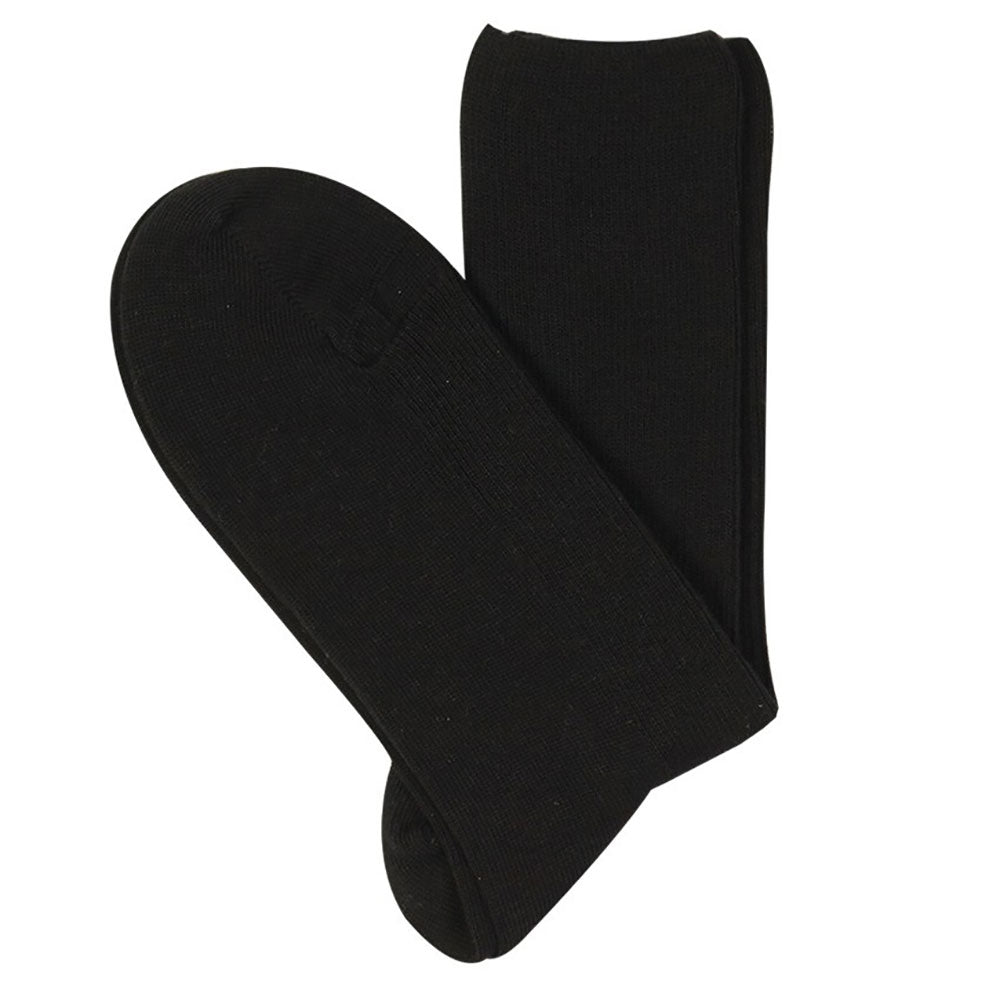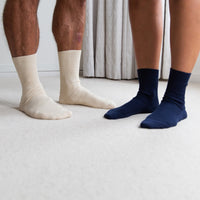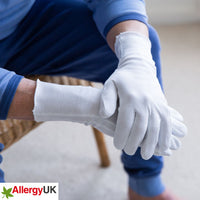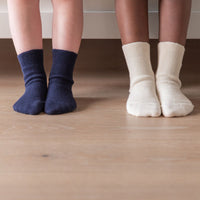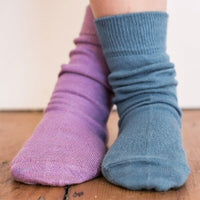The textile you choose to put next to your skin can improve or exacerbate your eczema. Here, Eczema Clothing explores what are the best fabrics to consider wearing, looking at the evidence and examples available.
If you have eczema, you will have been bombarded with claims and counter-claims about what creams or emollients to put on your skin and their supposedly life-changing results. Because that's what makes the difference, right? But if the stuff that you rub into your body is so impactful, what about the stuff that actually lies next to it, all day and often all night? Your skin is responding to the conditions around it all the time, to temperature and to humidity for example, and will also react to what encloses it: your clothes.
Here at Eczema Clothing, we put in a lot of time to research how materials that touch your skin all day can affect your eczema, either by aggravating and making the itch worse, or by soothing it and helping your condition. As with creams, there is no one-size-fits-all solution. Everyone's skin reacts differently to different fabrics, especially when you factor in the variety of daily activities, such as exercising or sleeping, that can effect it's response. We highly recommend you test and try different materials - in all your daily activities - until you find the ones, and the appropriate styling, that suit you.
Generally, evidence suggests that most wool and highly processed synthetic fabrics aggravate eczema. Wool can be coarse or very textured, which can rub against angry skin and its powerful heat retention properties can make it less breathable. It can also act as a trigger for people with allergies, a high proportion of whom also have eczema. Synthetic fabrics contain man-made as well natural fibres and involve significant amounts of chemicals in their production such as formaldehyde compounds to provide wrinkle resistance, stain resistance, fade resistance or static cling resistance for example. Formaldehyde can also trigger allergic reactions and in high quantities can be carcinogenic.
The best known eczema friendly fabrics are organic cotton, silk, tencel and bamboo. These natural fabrics are soft, breathable, and hypoallergenic, not to mention better for the environment. These are all smooth fabrics that do not have harsh textile fibres, which can prickle sensitive skin and cause physical irritation.
Organic Cotton
Organic cotton has been the long term fabric of choice for eczema sufferers. It's a natural fabric that already has softness and stretch, which means it is ideal for sensitive skin. Cotton is also absorbent and breathable, plus it is durable and regains it’s shape on washing. Organic cotton has environmental benefits as its growing process uses far less water than standard cotton and certifications (e.g. GOTS) ensure that no chemicals or harmful dyes are used. It is easy to care for and importantly for eczema sufferers, it can be washed at 60 degrees or higher, ensuring that all house dust mite allergen and residues of oil/cream and dead skin that have built the inside of clothing can be removed.

Silk
Silk is also a natural fibre, produced by insects as a material for their nests and cocoons, which can be produced without pesticides and fertilisers. It is best known for its strength and durability as well as its aesthetic appeal. Like cotton, it is soft as well as breathable and strong, as well as being able to absorb moisture. Wearing silk can feel luxurious, a well-earned daily pleasure if you're coping with angry or inflamed skin.

Tencel
This a relatively new entrant to the eczema material field. Tencel is the trademark name for Lyocell, a type of rayon that was invented in the 1980s. Like other rayons, the material is made from wood pulp that is mixed with a solvent to produce a wet mixture which is then pushed through small holes to form threads, which in turn are spun into yarn and woven into cloth. Tencel does use chemical compounds in its production but these do not remain in the fibres post production. The fibres are also compostable and biodegradable, and it uses less water and energy than non-organic cotton in production. The material is very versatile and super absorbent, which makes it effective at wet wrapping for eczema sufferers or for those who sweat a lot, for example during exercise. It can also inhibit the growth of bacteria, which is helpful for skin which cracks or bleed, increasing the risk of infection.
Bamboo
Bamboo is another fairly new textile which has grown in it’s popularity. It is soft and lightweight with similar wicking and moisture absorbing properties to Tencel, that helps keep skin dry and it also has hypoallergenic and antimicrobial properties. Bamboo is a plant that grows very quickly without using pesticides so is deemed to be an eco-friendly and sustainable fibre. The process to convert bamboo fibres into thread for weaving or knitting does however require chemicals.
Conclusion
So, although there is no simple solution to what to wear next to your skin, it is encouraging and exciting that there is an increasing choice of materials available for eczema sufferers. This means that there is a far larger selection of garments to choose from, both from a styling perspective, but also to find out what works best for you at different times of day, during different activities.
As with creams and medications, we would just encourage you to try, test and try again. Eczema Clothing's enlarged range of fabrics and options provides tried and tested options to help you find the most comfort in your clothes.

